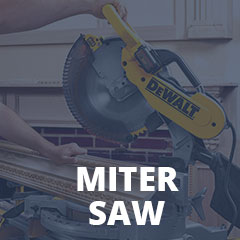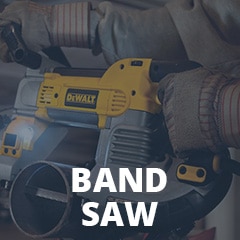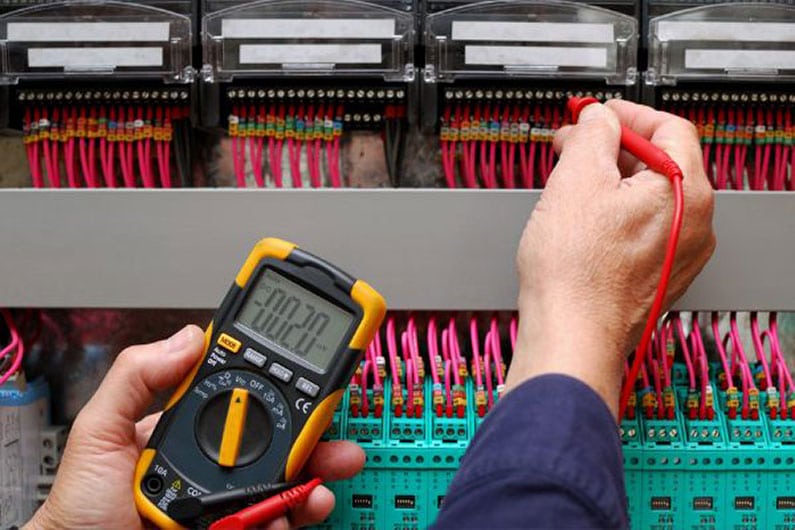
If you’re considering purchasing your first multimeter or clamp meter, or looking to replace or upgrade your existing unit — it’s crucial that you understand why CAT safety ratings are important.
Essential to keeping you safe, and protecting your measuring device, these certifications are key to selecting the perfect machine for your skill level and project demands.
This is your ultimate CAT Ratings 101 — providing everything you need to know about these seemingly mysterious multimeter and clamp meter gradings.
What Are CAT Safety Ratings?
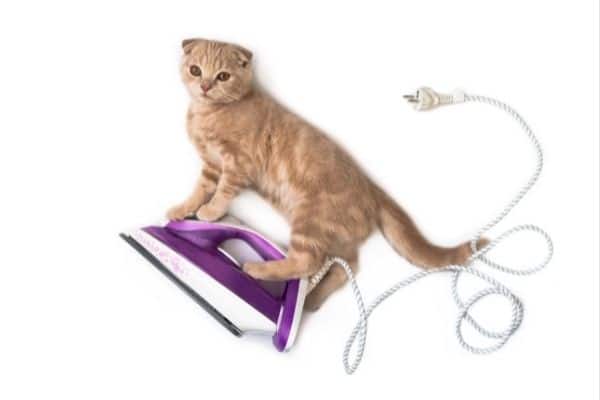
Despite their name, CAT safety ratings don’t indicate how likely a particular breed of feline is to scratch out your eyes or how suitable an electronic device is for kittens.
Instead — and perhaps rather more uninterestingly — they’re a classification system for live circuits. Devised by the thrilling guys at the exciting-sounding International Electrotechnical Commission, they provide a standard that measuring equipment must meet to shield the user from unexpected electrical shocks at particular load levels.
Think of them as handwear — stick with me on this one.
To protect against the cold you don wooly mittens, to shield against acid you wear industrial-grade latex gloves, and to guard you from accidents when using a chainsaw, you put on kevlar handguards.
Getting it wrong could be something of a disaster. Your fingers may be toasty warm in mittens, but that will be little consolidation when they’re chopped off by a rotating chain.
Similarly, for multimeters (kinda), CAT ratings indicate the level of protection delivered by the unit. For example, using a CAT I machine on high-energy overhead electrical utility wiring is likely to completely obliterate your multimeter. And leave you somewhat dead.
Hence, using the correct CAT safety rating clamp or multimeter for your projects is essential.
What Is CAT an Abbreviation For?
In medical imaging (as in a CAT scan), it stands for Computerized Axial Tomography. At the United Nations, it represents the Convention Against Torture.
And our concern, electrical circuitry, it stands for…category.
That’s it.
The Four CAT Safety Ratings
Like all the best things — the Beatles, Ninja Turtles, and Horseman of the Apocalypse — there are four CAT Safety Ratings.
I’ve put together a handy table below, to explain simply:
| Category (CAT) | Description | Examples |
|---|---|---|
| CAT I | Electronic devices | Cell phones. Calculators. Tablets. Smartwatches. |
| CAT II | Single-Phase AC Typically house appliances | Televisions. Laptops. Hammer drills.Heat guns. |
| CAT III | Three-phase systems Industrial equipment | Electric arc furnace. Factory lighting. Automotive robots. |
| CAT IV | Utility Connections | Electrical meters. Overhead lines. Pole-to-pole. Underground lines. |
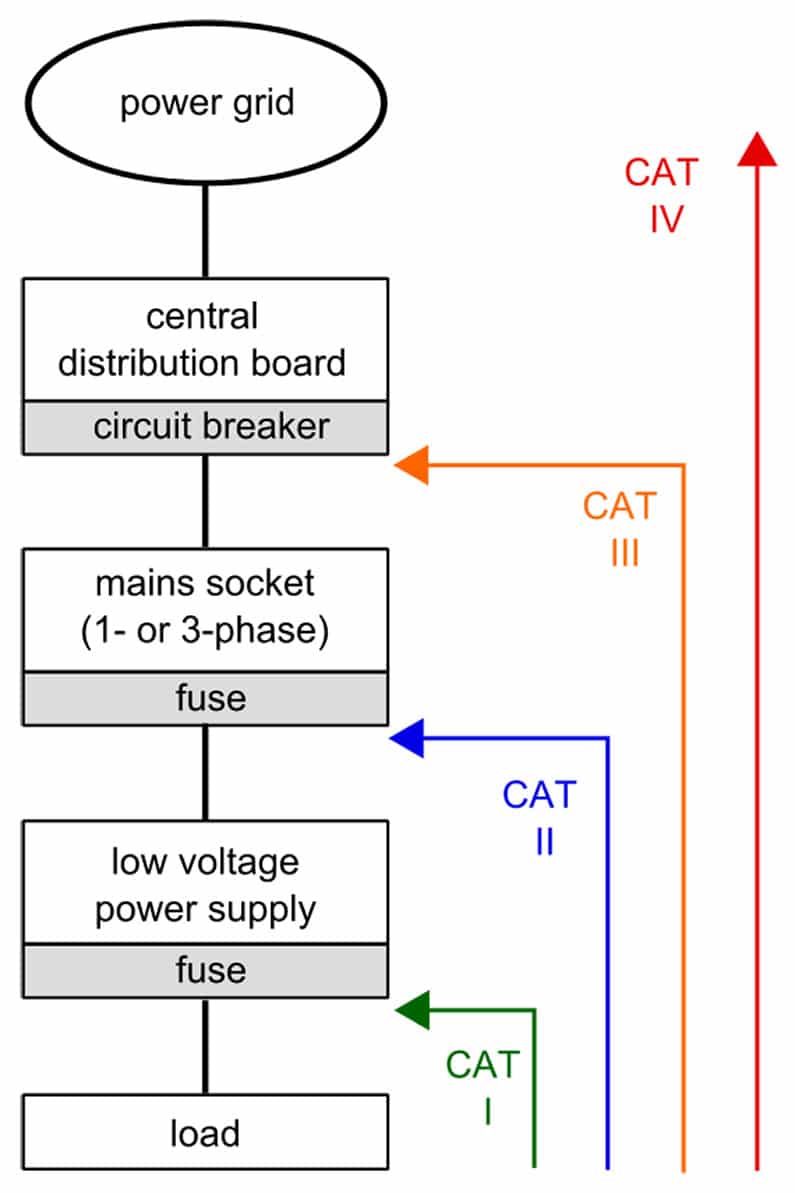
Zureks, CC0, via Wikimedia Commons
What CAT Rating Multimeter Should I Buy?
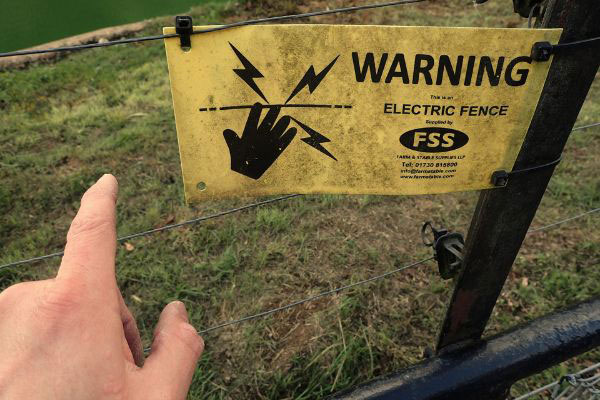
Image from DavidCardinez at pixabay
First, determine what you’re planning on testing, or anticipate testing in the future. The majority of electrical devices and systems feature a sticker or plate indicating the CAT requirement.
Checking the system or device for its rating is crucial. I can’t stress it enough.
It’s insufficient just to look at the voltage of your testing target — this could lead to absolute disaster.
Take a look at the table below.
| Measurement Category | Voltage (Working) | Voltage (Transient) | Impedance | Current (Transient) |
|---|---|---|---|---|
| CAT I | 150 volts | 800 volts | 30 ohms | 26.6 amps |
| CAT I | 300 volts | 1500 volts | 30 ohms | 40 amps |
| CAT I | 600 volts | 2500 volts | 30 ohms | 83.3 amps |
| CAT I | 1000 volts | 4000 volts | 30 ohms | 133.3 amps |
| CAT II | 150 volts | 1500 volts | 12 ohms | 125 amps |
| CAT II | 300 volts | 2500 volts | 12 ohms | 208.3 amps |
| CAT II | 600 volts | 4000 volts | 12 ohms | 333.3 amps |
| CAT II | 1000 volts | 6000 volts | 12 ohms | 500 amps |
| CAT III | 150 volts | 2500 volts | 2 ohms | 1250 amps |
| CAT III | 300 volts | 4000 volts | 2 ohms | 2000 amps |
| CAT III | 600 volts | 6000 volts | 2 ohms | 3000 amps |
| CAT III | 1000 volts | 8000 volts | 2 ohms | 4000 amps |
| CAT IV | 150 volts | 4000 volts | 2 ohms | 2000 amps |
| CAT IV | 300 volts | 6000 volts | 2 ohms | 3000 amps |
| CAT IV | 600 volts | 8000 volts | 2 ohms | 4000 amps |
| CAT IV | 1000 volts | 12000 volts | 2 ohms | 6000 amps |
However, for the general contractor or amateur enthusiast, here’s the key.
Let’s assume you’re dealing with a 300-volt system. Checking down the second column (working voltage) you can see that a CAT I machine can handle this volume. So, you pop down to your local home improvement store, purchase a CAT I tester (literally a few dollars), and stick it on your machine.
A little bang, fizz, and spark — and you’re no more.
The fact is, volts don’t kill people, amps do.
Ever received a static shock taking off a woolen pullover? Sure you have. Well, that’s around 25000 volts — and you’re still here to tell the tale. On its own, voltage is pretty harmless, but combine it with high amperage, and you’re going to be a little worse for wear.
Looking back at the table above, you can see that your 300-volt CAT I machine is suitable for 40 amps. That will deliver an electric shock that’s a bit painful, but nothing more.
Scroll further down, and you also find a CAT IV 300-volt rating — that’s an eye-watering 3000 amps. Use a CAT I machine on this mother, and your demise is likely.
Hence, don’t take any risks. Always ensure you know the CAT rating of your circuit before using a multi or clamp meter. And, if there’s even the smallest element of doubt in your mind, DON’T MESS WITH IT!
Just to make it even more clear, here are the dangers of varying amp levels:
| Current | Effect |
|---|---|
| 1 mA | A tingle |
| 5 mA | Small, uncomfortable shock |
| 6 - 30 mA | Slight pain |
| 31 - 50 mA | Intense pain |
| 51 - 150 mA | Extreme pain, breathing may stop, uncontrollable ‘freeze-grip.’ Death possible. |
| 1000 - 4300 mA | Cardiac fibrillation. Death more than likely. |
| 10000 mA | 10000 mA Burns. 99 percent chance of death. |
| 15000 mA | You’re definitely dead. |
Conclusion
If you feel this article has been somewhat of a downer, with excessive stress on dropping down dead — then I’ve done my job.
Electricity is dangerous. That’s why it’s crucial, necessary, imperative, critical, and every other synonym that your circuit tester meets the CAT demands of your project. Admittedly, if you’re dealing with nothing more than portable devices and domestic wiring — the worst that will happen with an under-certified meter is its sudden demise and a painful shock to you.
But, start investigating three-phase, industrial looms, or main-line utilities — and the risks are severe. That’s why all my multimeters and clamp meters reviews clearly state their CAT certification.
I hope you’ve enjoyed this exploration of how not to kill yourself with a testing machine — it’s important for me to ensure that owning a clamp or multimeter is a fun and rewarding experience. And, if you have buddies who you feel may benefit from this article — please feel free to share!






